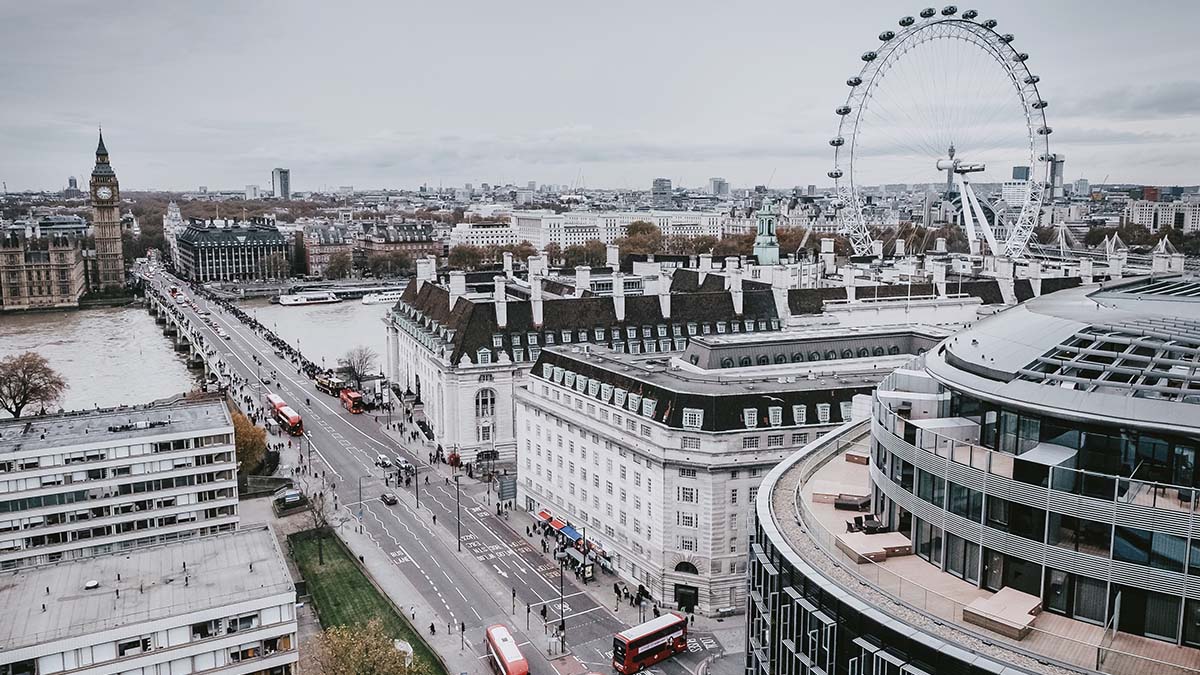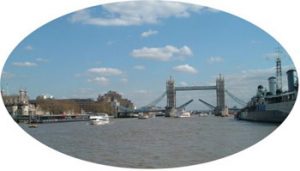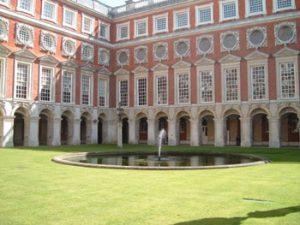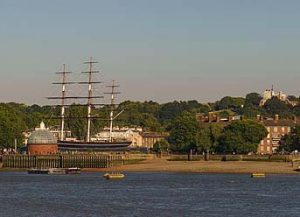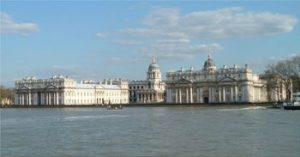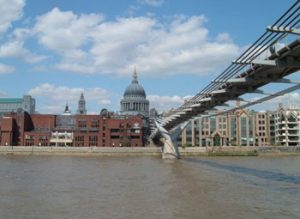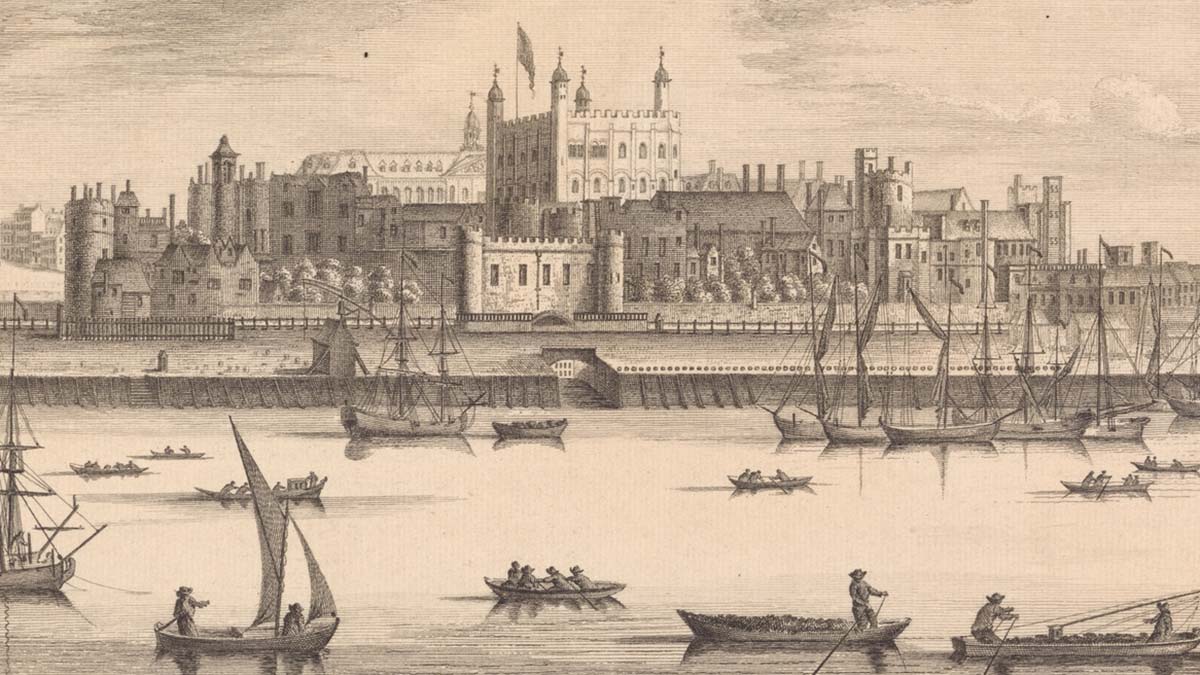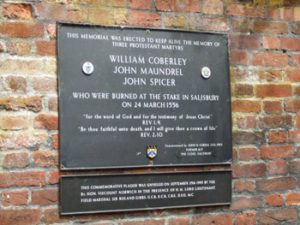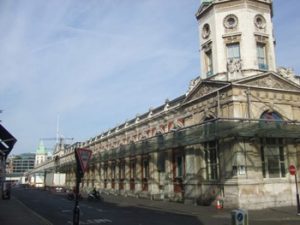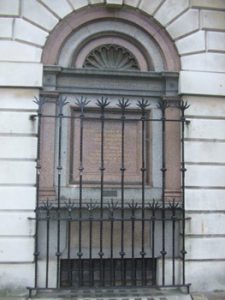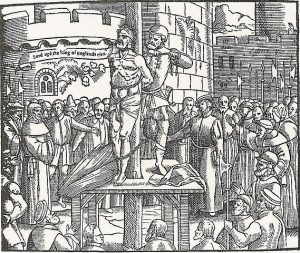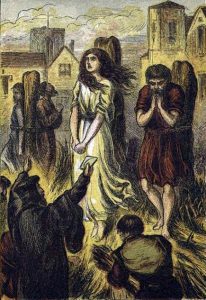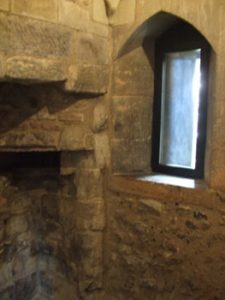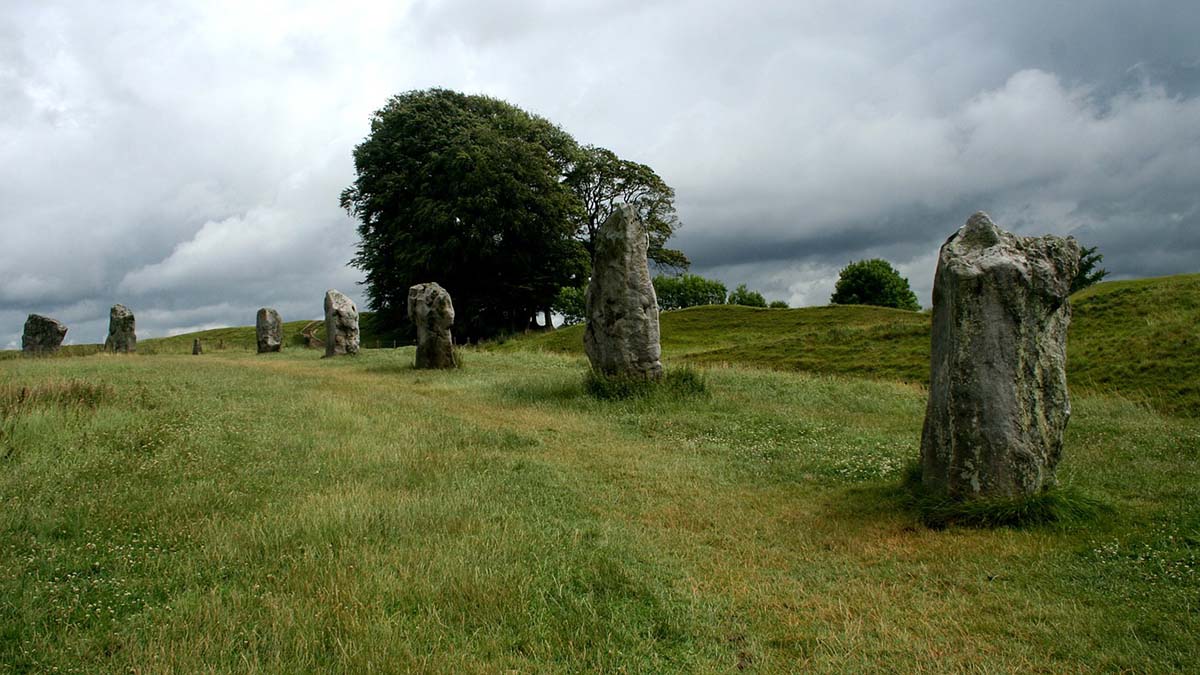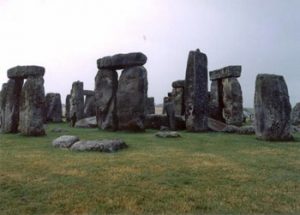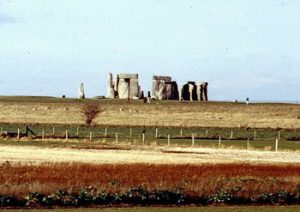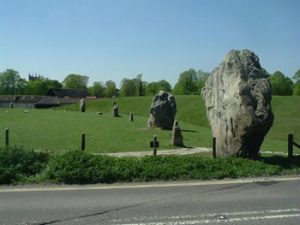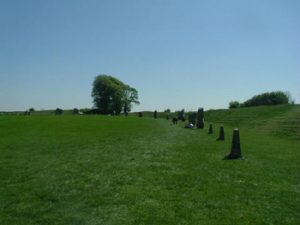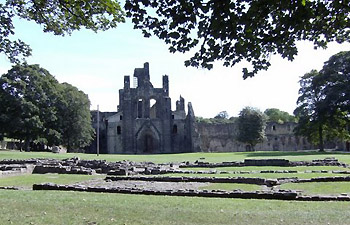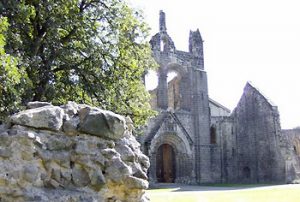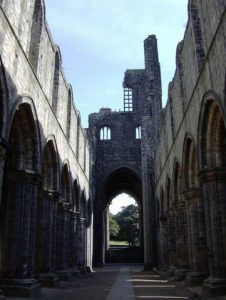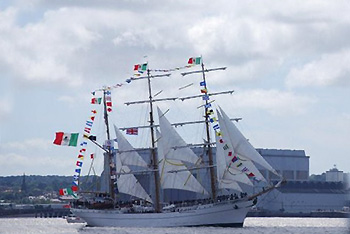
Liverpool, England
by Maggie B. Dickinson
Around a million visitors were expected to descend on Liverpool’s World Heritage waterfront between the 18th and 21st July to watch the ceremonies and departure of The Tall Ships’ Races 2008. But as everyone gathered for the final highlight – the “Parade of Sail” – it appeared to me as though the entire population of England was lining the banks of the famous River Mersey.
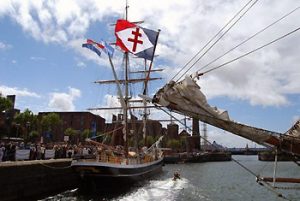 Something I’ve always wanted to do is cross the Mersey on a ferry whilst singing Gerry and The Pacemakers’ hit from 1964 “Ferry ‘Cross the Mersey”. So for a better view I’d decided to go on one of the special cruises. Not surprisingly they were all fully booked.
Something I’ve always wanted to do is cross the Mersey on a ferry whilst singing Gerry and The Pacemakers’ hit from 1964 “Ferry ‘Cross the Mersey”. So for a better view I’d decided to go on one of the special cruises. Not surprisingly they were all fully booked.
The fleet of tall ships, that is both spectacular and unique, was the largest ever to grace British waters, being made up of around 70 vessels, including representatives from countries as far apart as Bulgaria, Oman, Brazil and Mexico. On board were a mind-boggling 8,000 trainees and crew. In its year as European Capital of Culture the hosting of the Tall Ships’ Races is one of the highlights in Liverpool’s fascinating and imaginative calendar of events. This is the third time, in over 50 years’ existence, that the Tall Ships have been hosted by Liverpool – a city that is well qualified to organise events featuring the ocean because if its 800 years of maritime history.
The significance of the occasion was emphasised by the presence of HRH Princess Anne, Princess Royal, herself no stranger to this important city, who officially opened proceedings on the 18th July as well as inspecting a couple of the vessels. This was followed by a weekend during which the general public were able to view and go aboard the ships. Indeed, an informal visit was made by HRH Prince Andrew, Duke of York. He served 22 years in the Royal Navy, which supports the Tall Ships’ Races, and saw action in the Falklands War.
 The smaller ships – Classes B, C and D were berthed at Canning and Albert Docks, with the Class A big boys at Wellington and Sandon Half-Tide Docks. Included at Wellington was a ship that caters for people with disabilities – the Lord Nelson. The Royal Navy’s supply ship RFA Lyme Bay was hosted at the new Cruise Liner Terminal landing stage on Princes Parade, with the Royal Marines’ Band not only on board but giving band concerts at various places around the town too.
The smaller ships – Classes B, C and D were berthed at Canning and Albert Docks, with the Class A big boys at Wellington and Sandon Half-Tide Docks. Included at Wellington was a ship that caters for people with disabilities – the Lord Nelson. The Royal Navy’s supply ship RFA Lyme Bay was hosted at the new Cruise Liner Terminal landing stage on Princes Parade, with the Royal Marines’ Band not only on board but giving band concerts at various places around the town too.
Clearly all the stops had been pulled out to organise the wide range of vital services that needed putting in place in readiness for the numbers who were expected to descend on the city because, as island people, the Brits love anything nautical. It is said that Merseyside Police had been planning the event for a whole year and it is pleasing to note that it all went smoothly and without any major incidents.
Liverpool knows how to do fun: it has had a lot of practise and music runs through this city’s veins like nowhere else. For one thing it’s the original home of the sea shanty and the non profit-making enterprise “Shanties 08” ensured this traditional genre was covered at venues throughout the city.
All weekend the streets leading away from the train and bus stations were thronged wall-to-wall with happy folk, stopping now and again on their way to the docks to listen to and join in with the various music combos. Dotted en route were a wide range of feet-tapping attractions – Latino groups playing panpipes, Native American Indians with flutes and drums, West Indians with their bongos, Bob Dylan sound-alikes strumming guitars, whilst through the open windows and doors of Liverpool’s ancient and modern inns came the sound of karaoke singers belting out the latest hits.
 The British are well versed at patiently forming queues but Liverpool had reckoned on the mounting anticipation of a vast crowd who would be standing six deep along the harbour for hours, waiting for the ships to take part in the “Parade of Sail”. To keep us happy the organizers had provided a death-defying air spectacular by The Yakovlevs Formation and Aerobatic Display Team that had the crowd gasping and clapping and cheering, especially when one of the nerveless pilots pretended to take his plane into a suicidal dive but pulled back from the sea at the very last moment.
The British are well versed at patiently forming queues but Liverpool had reckoned on the mounting anticipation of a vast crowd who would be standing six deep along the harbour for hours, waiting for the ships to take part in the “Parade of Sail”. To keep us happy the organizers had provided a death-defying air spectacular by The Yakovlevs Formation and Aerobatic Display Team that had the crowd gasping and clapping and cheering, especially when one of the nerveless pilots pretended to take his plane into a suicidal dive but pulled back from the sea at the very last moment.
The “Parade of Sail” is the traditional run-up to departure and it gave everyone a final chance to see each vessel in full splendour before the fleet left for a point off Northern Ireland where the first race would take place on the 23rd July. It was led by HMS Argyll, followed by the Stavros S Niarchos.
For hours we were entertained to one glorious vessel after another, with a few minutes’ gap between each so that we could really savour each and every one and give them our undivided attention as they glided majestically through the water, with or without sail. Shades of the long ago, reminders of our great explorers, envious of those who were aboard and able to take part in this great event.
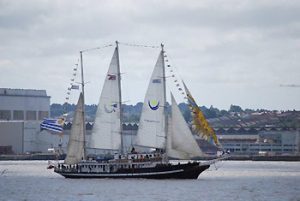 The main objective of the races, which cover a period of five weeks, focuses on the sail training of youth, 48 of whom are being funded by Liverpool City Council. Another 48, sponsored by Tall Ships Youth Trust (Merseyside), helped sail the ships from London. Their involvement, as well as that of the officers and crews, is intended to foster good international relationships, friendships and understanding and to promote teamwork and leadership.
The main objective of the races, which cover a period of five weeks, focuses on the sail training of youth, 48 of whom are being funded by Liverpool City Council. Another 48, sponsored by Tall Ships Youth Trust (Merseyside), helped sail the ships from London. Their involvement, as well as that of the officers and crews, is intended to foster good international relationships, friendships and understanding and to promote teamwork and leadership.
The initial race is of 11 days’ duration across the North Sea to Måly in Norway. After the buzz of Liverpool, picturesque Måly, with a backdrop of islands and mountains, will appear a tiny place with its 4,000 inhabitants living around one of the smallest ports ever to have hosted the Tall Ships’ Races.
The ships take a break there from 9th to 12th August, followed by a cruise-in-company to Bergen in Norway along a route that will cover the coast, and fjords which can stretch 100 miles in length. Highlights of this journey will be glaciers, mountains and huge waterfalls too. Several ports are accommodating the ships and visitors, along with providing free berthing and lots of activities for the crews.
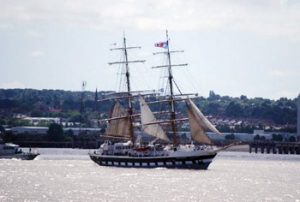 It will be the third time Bergen has played host to the Tall Ships’ Races. It is a city of museums and wooden houses that fan out over steep hillsides, from what is considered one of the world’s most beautiful natural harbours. A full programme of events is planned to occupy the time before the start of the second race which takes eight days for the fleet to arrive at Den Helder in the Netherlands where the final celebrations occur between the 20th and 23rd of the month.
It will be the third time Bergen has played host to the Tall Ships’ Races. It is a city of museums and wooden houses that fan out over steep hillsides, from what is considered one of the world’s most beautiful natural harbours. A full programme of events is planned to occupy the time before the start of the second race which takes eight days for the fleet to arrive at Den Helder in the Netherlands where the final celebrations occur between the 20th and 23rd of the month.
Den Helder is 80 km north of Amsterdam to which it is linked by the North Holland Canal. Until the beginning of the 19th century it was a tiny village dependent on fishing which, along with textiles, is still the town’s main economy. It is also the prime seaport for offshore sailing. There are several monuments of a maritime nature and the naval fortifications go back to Napoleonic times. Of note is its lighthouse which is made of cast-iron and carries the distinction of being the tallest in Europe.
It seems a likely and befitting place for the final prize-giving ceremonies, which include the presentation of the much-coveted award of the Friendship Trophy which, for me, is symbolic of what the Tall Ships’ Races are all about.
For More Information:
Visit Liverpool
Tall Ships Tracking Map
Culture Liverpool: Three Festivals Tall Ships Regatta 2018 & Liverpool Bordeaux Wine Festival
Sail Training International
Tall Ship Races in Bergen, Norway
Mersey Ferries
Liverpool Tours Now Available:
Mersey River Explorer Cruise from Liverpool
Private Beatles Tour of Liverpool by Taxi
Private Half-Day Peaky Blinders Tour of Liverpool
Liverpool FC Football Match at Anfield Stadium
Liverpool Ghost Walking Tour
About the author:
Maggie Dickinson lives in England’s North West. She has written on travel, local history and outdoor pursuits. Two of her articles on caring for her late husband, who had Alzheimer’s Disease, were published in US anthologies. Her special interest is photographing and writing about lesser-known areas and backwaters of the UK.
Photographs:
All photos are by Margaret B (Maggie) Dickinson.


